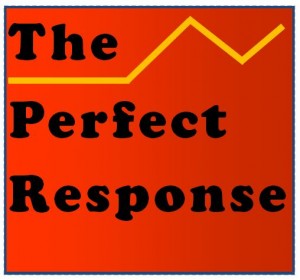If Trump’s words were matched to the right setting, we might need to find an abandoned schoolyard somewhere.
Most students of argument learn early that among the many kinds of common fallacies we inflict on each other, the most egregious is the Ad Hominem argument. The term designates a simple but reprehensible pattern: denigrating or criticizing an advocate rather than their ideas. It’s essentially a smokescreen used by someone who is lazy or mean-spirited. The form usually comes in the form of a counter-argument of sorts, but it follows an illegitimate path.
You already know where this is going. While students rightly recoil at the mere suggestion that they might use this form, we can’t say the same for a leader who should be setting an example for the rest of us. This once rare infraction in public discussion it is now on its way to becoming the default mode of response. And our President should get most of the blame.
Somehow this elemental lesson on the ethics of argument is lost on Mr. Trump. His daily rhetorical output almost always include at least a few barbs and personal slights directed to those he disagrees with. Every day is yet another example of how to obfuscate an issue behind a blitz of name-calling.
No insult comedian can touch Trump’s streak of meanness. Favorite pejoratives directed to people include “loser,” “bad,” “dishonest,” “clueless,” “low class slob,” “phony,” “a zero,” “a weirdo,” “a clown,” “ a dummy,” “a flunky,” “sloppy,” “gruby,” “a spoiled brat,” and so on. The New York Times has counted nearly 600 discrete pejoratives with like these, most substituting for what should be more substantive counter-arguments. Interestingly, his kind of talk would have him ejected from a lot of deliberative bodies in most other democracies.
It’s another reason to lament the loss of a figure like Congressman Elijah Cummings.
One suspects Trump lacks even the elemental will to engage with an idea by arguing a well-formulated position supported with evidence. Apparently, the easiest simple-minded alternative is to call his opponents names: a pattern that is still jarring to hear in the confines of the White House.
Given the pervasiveness of this style, our public rhetoric will pay for this race to the bottom. And it’s another reason to consider what it means to lose Congressman Elijah Cummings, who passed away a few days ago. The eloquence of this important leader in the House of Representatives graciously celebrated the values of integrity and decency. A practitioner of the spacious old rhetoric of inclusion, most Americans felt better for having heard his affirming words.
Cummings’ style was a long way from the trash talk of the current President. If Trump’s words were matched to the right setting, we might need to find an abandoned schoolyard nearby. Then the President could utter his tantrums where they belong: somewhere between the broken chain-link fence and the graffiti-laden basketball court.
![]()

 If traditional rhetoric has rules and assumed courtesies, a verbal spew just happens. Rhetoric is the product of adaptation and thought. But spew never passes near the centers of intelligence.
If traditional rhetoric has rules and assumed courtesies, a verbal spew just happens. Rhetoric is the product of adaptation and thought. But spew never passes near the centers of intelligence.